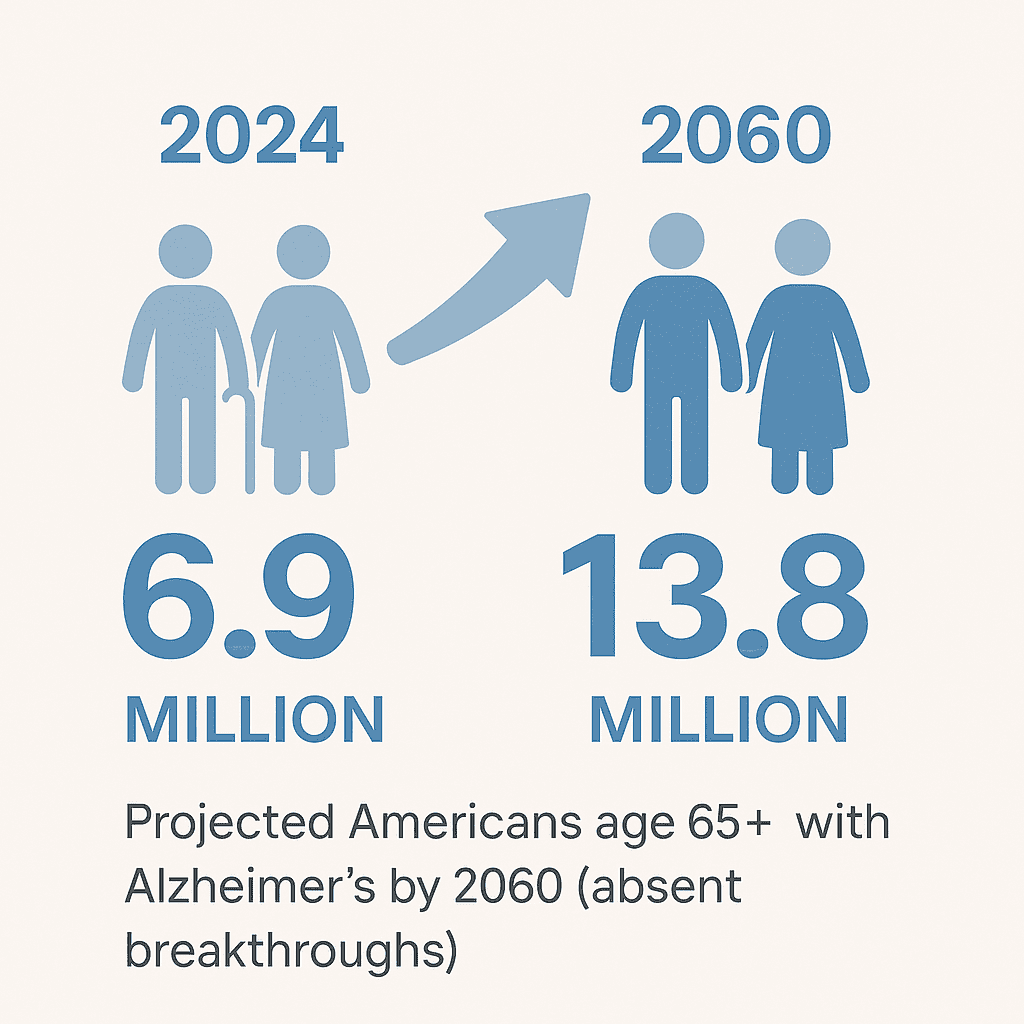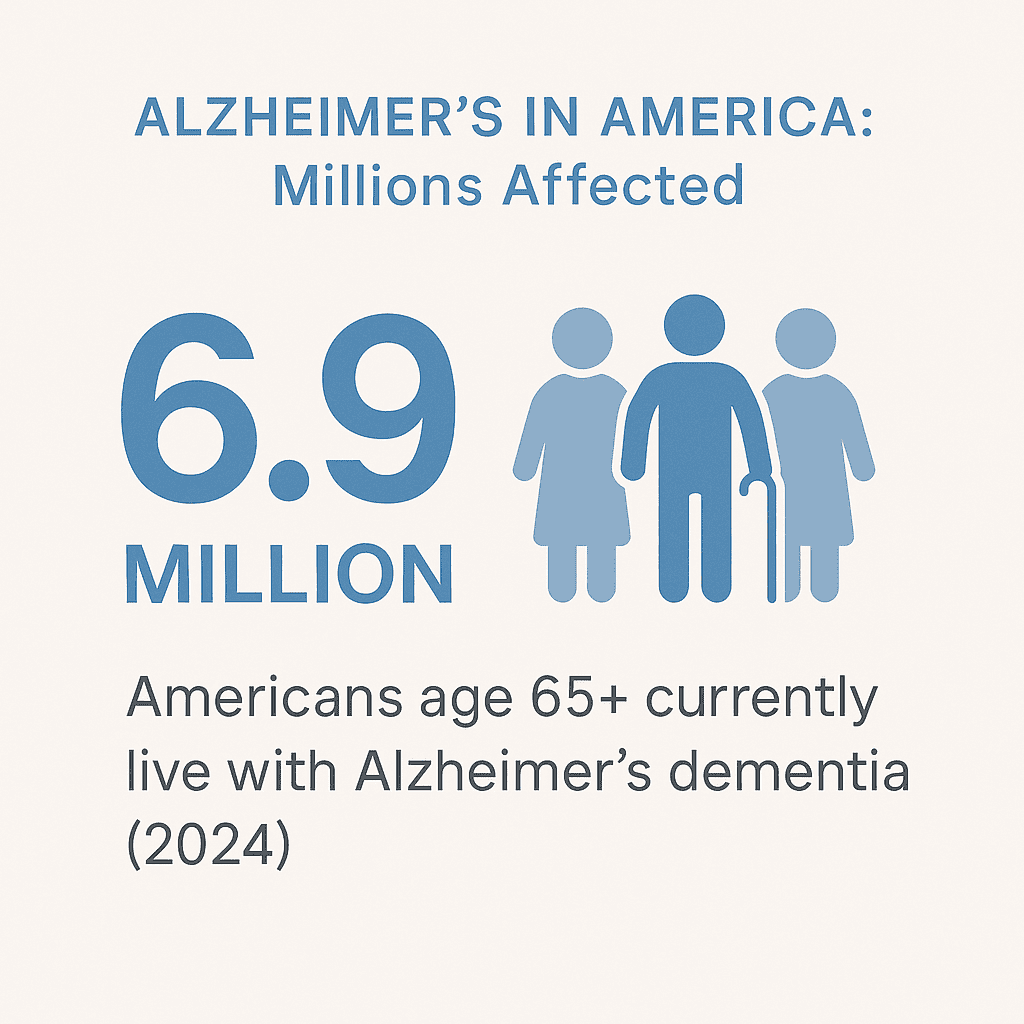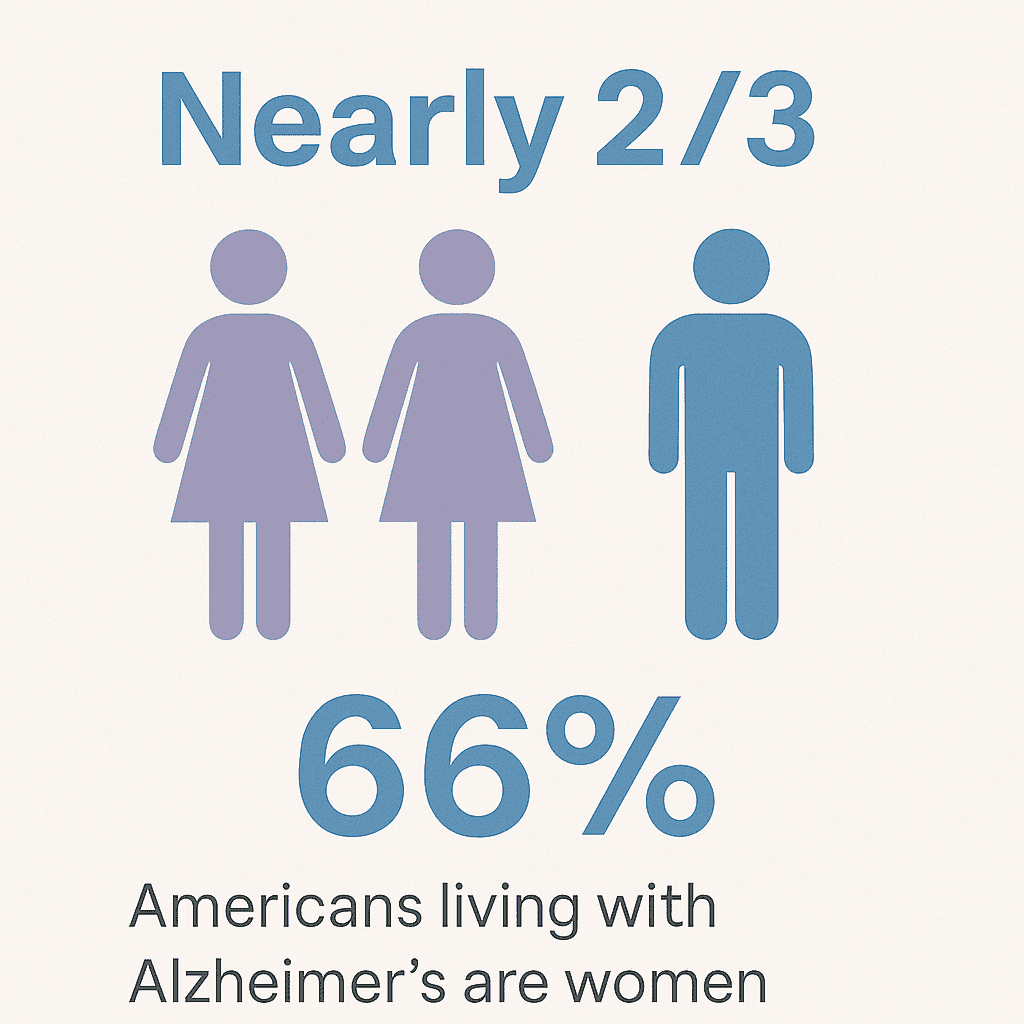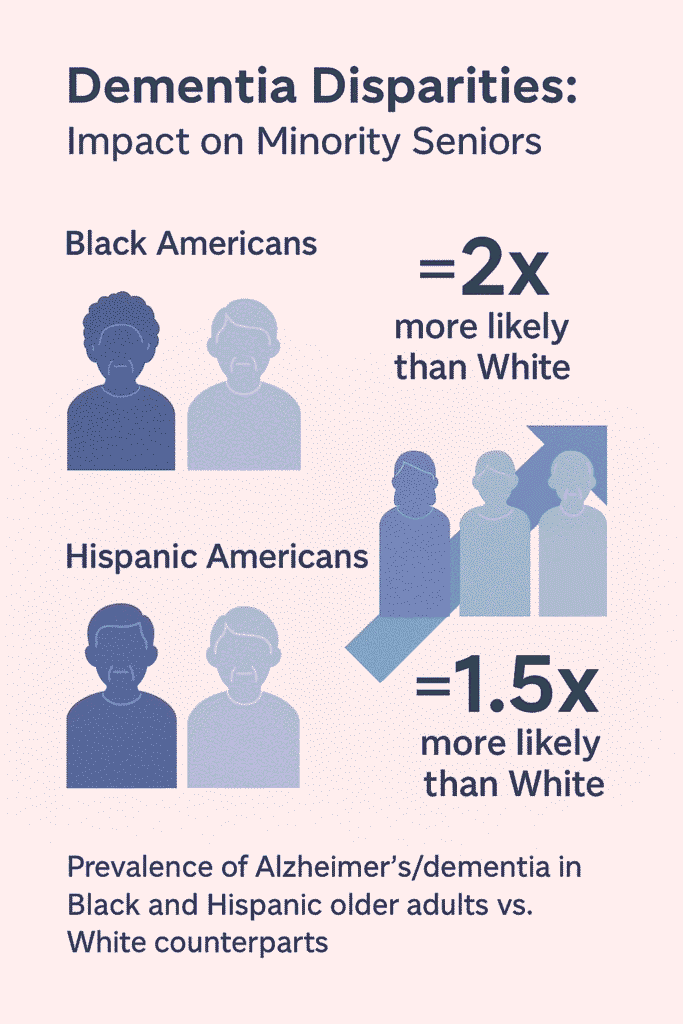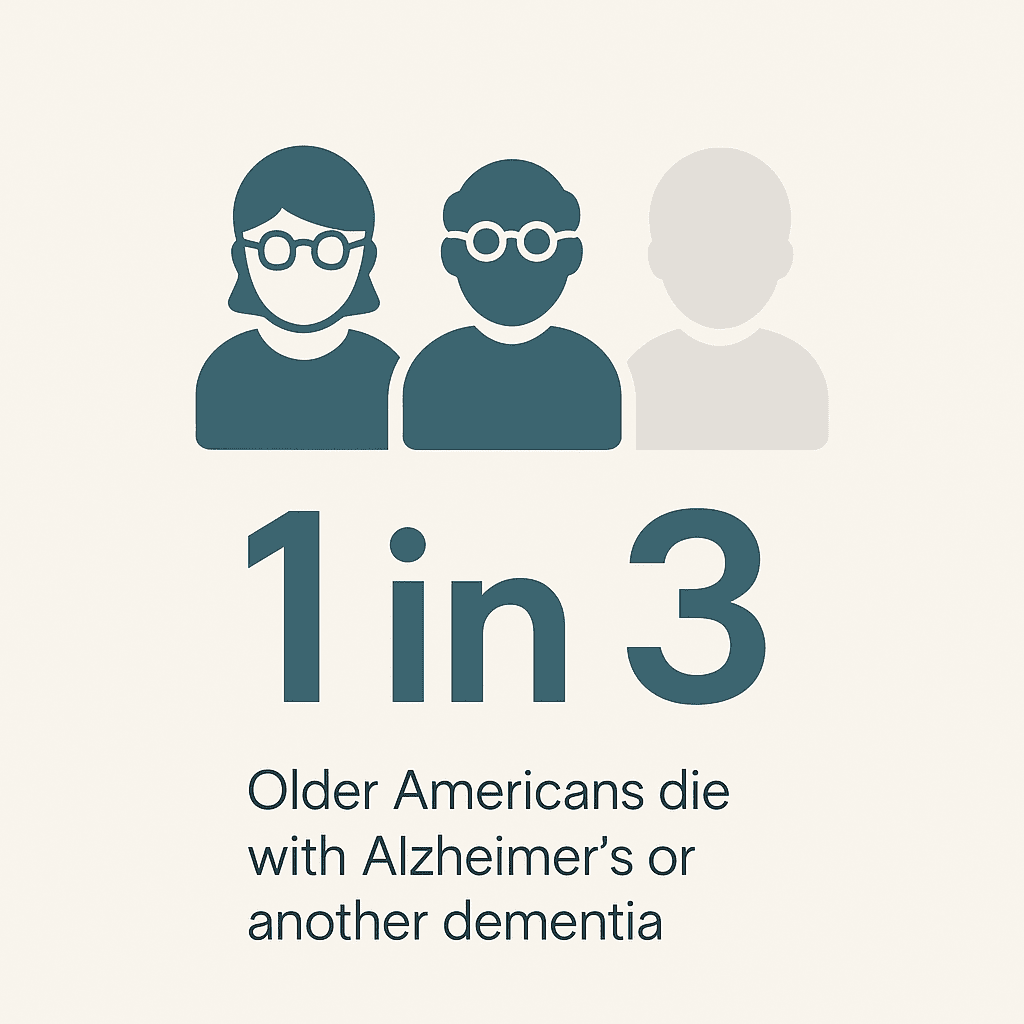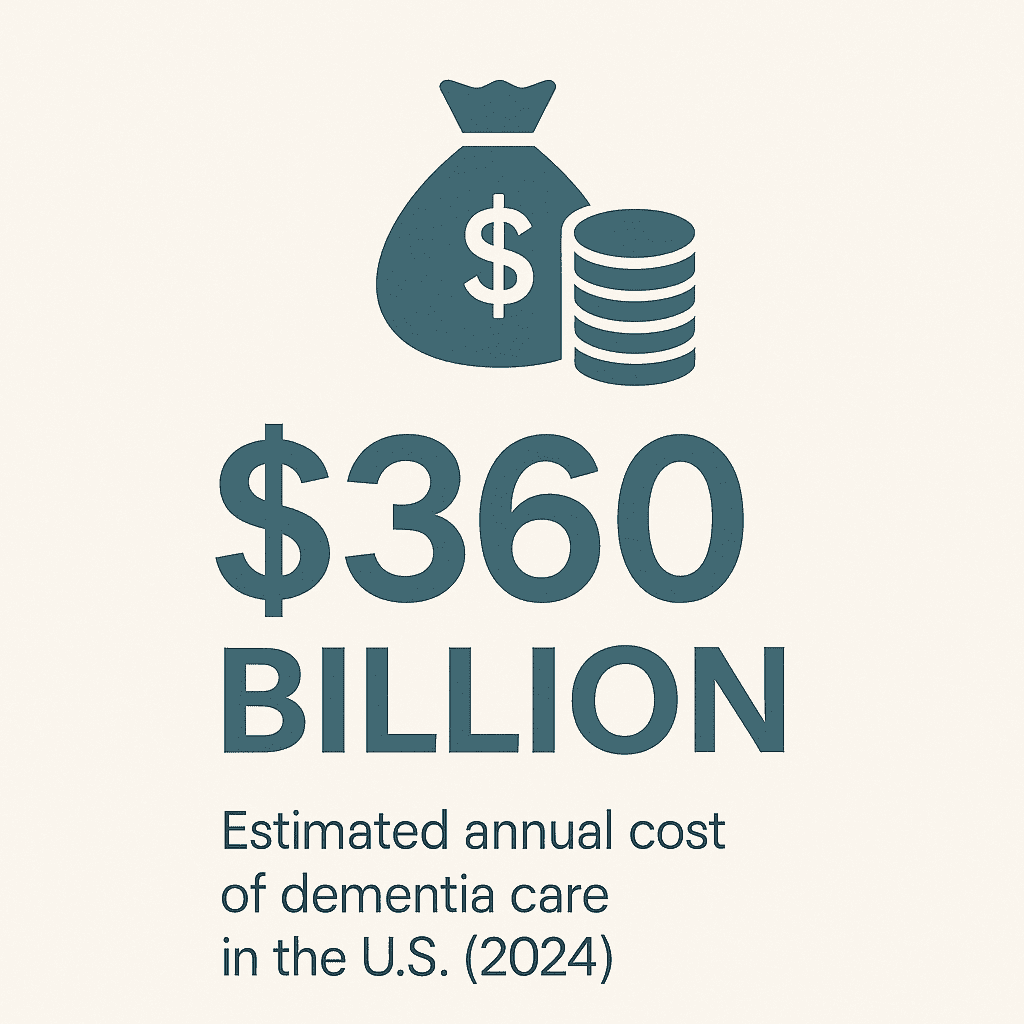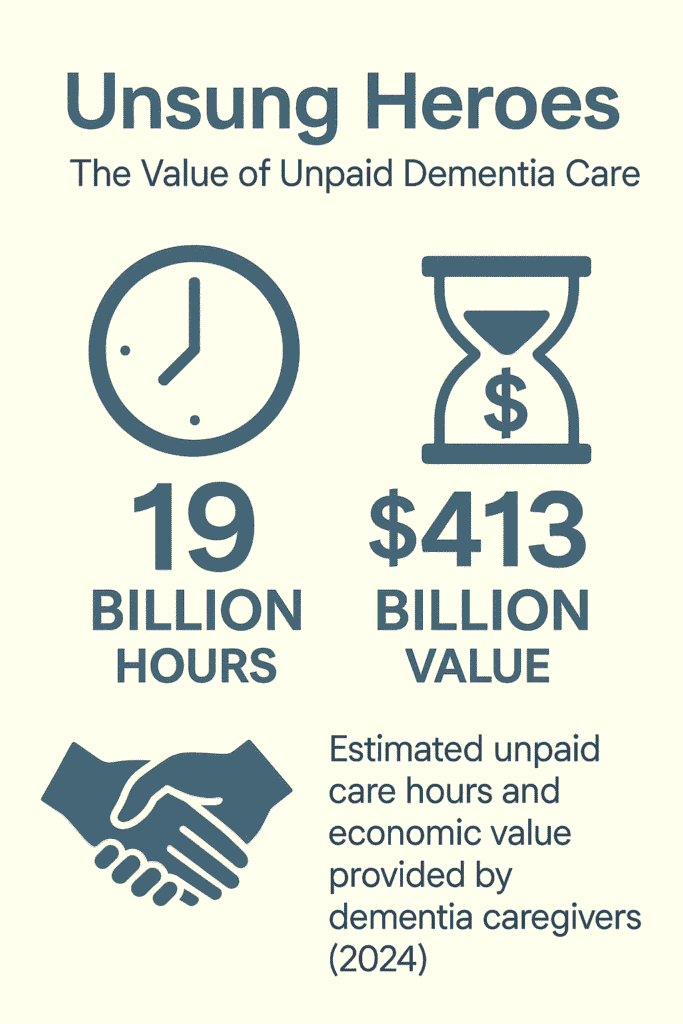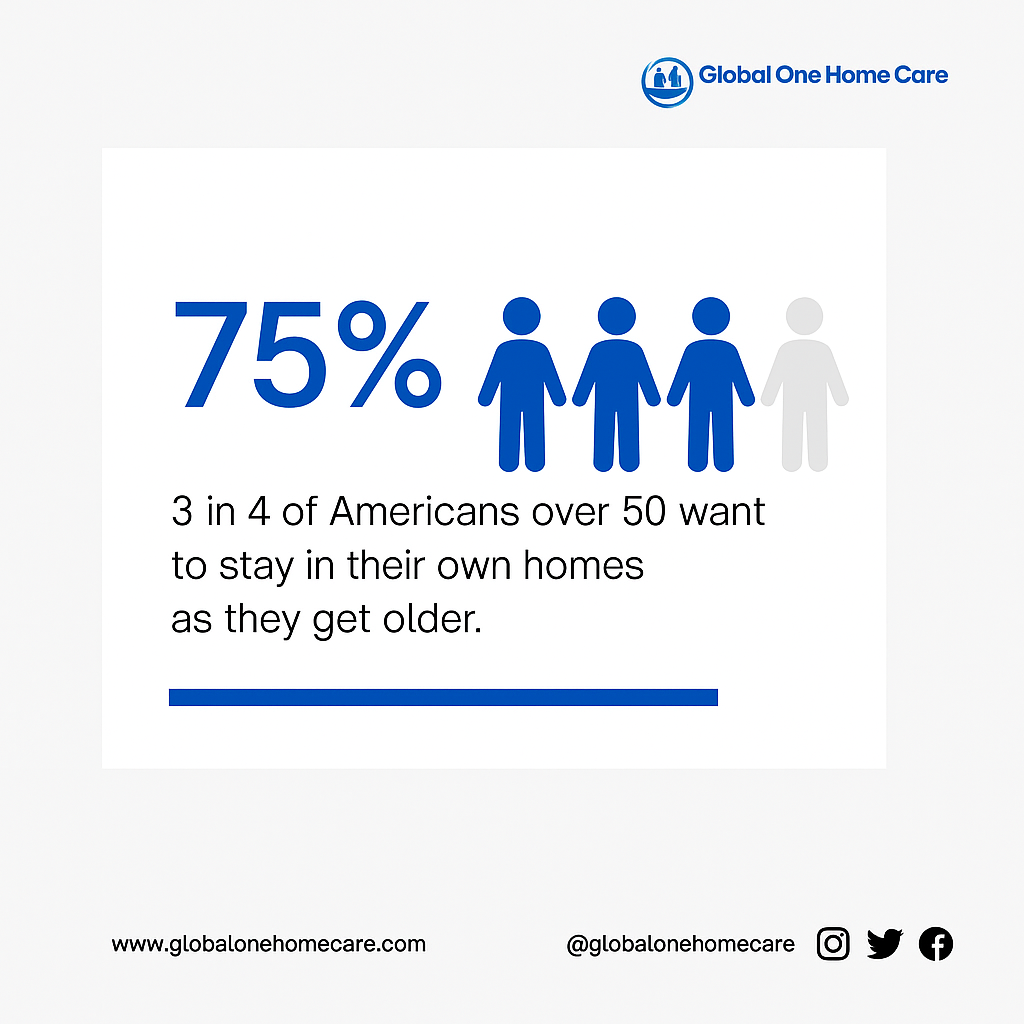How to Hire a Caregiver: Key Qualities to Look for
You learn a lot working inside people’s homes. Not just about their routines or what time they like their tea, but about the quiet worries that keep families up at night.
The journey to hire a caregiver is rarely a straight line.
Many families first think about hiring a caregiver for in-home help directly. It seems simpler, maybe cheaper.
But a phone call I got last month sticks with me. It was Mr. Davies. His privately hired caregiver, someone he’d trusted for months, hadn’t shown up for three days. No call, no text. Mr. Davies, who relied on her for everything, was left scrambling.
That’s just one example of the unexpected storms that can hit. So, how do you really hire an in-home caregiver without stumbling into hidden problems?
Let me walk you through a step-by-step roadmap, the landmines you might step on, the hidden costs, and how you can hire a caregiver smartly.
Roadmap to Hiring a Caregiver for In-Home Help

Step 1: What Does Your Loved One Really Need?
Before you even start looking for someone to hire in home care, you need a clear picture of what your loved one actually needs. Is it just companionship? Help with meals and light chores?
Or something more personal, like bathing and dressing? To get a clearer idea of what care might involve, you might find a caregiver daily checklist for seniors helpful.
You can also explore a sample daily schedule for elderly to envision how care integrates into daily life.
Thinking about their personality is huge. Will they click with someone talkative or quiet? A calm presence or someone more energetic?
If you’re unsure about the scope of care, read more about non-medical home care for clarity on the basic services you’ll need.
Step 2: Choose Your Path – Private Hire or Care Agency?
Should you hire a private caregiver or go through a home care agency in Boston or whatever city you’re in? Both paths can lead to good care, but they come with very different responsibilities for you.
A. Hiring A Private Caregiver (Direct Hire):

Here you have more control over who you choose and their schedule. The hourly rate might look lower at first glance. But this is where those hidden risks pop up, because you become the employer.
Is private hire the easy, cheaper route? Hold on. That “cheaper” rate can quickly become a very expensive lesson if you don’t know the rules.
Risks of Hiring a Private Caregiver (The “Employer Burden”)
If you choose to how to hire a caregiver privately, you’re walking into a new world of legal and financial obligations.
Ignore them, and the IRS, or even the state of Massachusetts, will come knocking. To fully grasp these challenges, it’s essential to understand the most common risks of hiring a private caregiver.
1. Legal & Financial Liabilities: Welcome to “Nanny Tax” Land!
If you’re directly paying a caregiver and telling them when to work and what to do, they’re usually considered your household employee, not an independent contractor.
If you pay a caregiver over a certain amount in a year (e.g., $2,700 in 2024), you’ll owe Social Security and Medicare taxes (FICA). If you pay $1,000 or more in any calendar quarter, you’re also subject to federal and state unemployment taxes.
This means you need an IRS Employer ID Number (EIN) and to register with the Massachusetts Department of Revenue. You’ll withhold your caregiver’s share of FICA, pay your share, and file quarterly and annual tax forms.
You’ll also give your caregiver a W-2 form each year. To understand all federal tax responsibilities, consulting the IRS Publication 926: Household Employer’s Tax Guide is highly recommended.
Massachusetts law ensures caregivers receive at least minimum wage ($15/hour in MA as of 2025) and overtime – 1.5 times their regular pay – for any hours over 40 in a week (this generally applies even to live-in caregivers in MA).
These are part of robust protections for domestic workers under Massachusetts law. You also need to provide pay stubs and keep detailed records of all hours worked.
For comprehensive details on federal labor laws and domestic worker rights, refer to the U.S. Department of Labor’s Domestic Workers website.
Does your head hurt yet? Mine does, just listing it all! This is why many families find a household payroll service or an accountant specializing in household employment invaluable.
It takes the giant weight of legal obligations when hiring a private caregiver off your shoulders.
2. Workers’ Comp and Liability

What if your private hire caregiver gets hurt while working in your home? A fall down the stairs, a back strain from lifting. This isn’t just “too bad.” In Massachusetts, if your caregiver works 16 or more hours a week, you must carry Workers’ Compensation insurance.
This covers their medical bills and lost wages if they’re injured on the job. Without it, you could face massive personal liability.
Beyond Workers’ Comp, check your homeowner’s insurance. Many policies don’t fully cover accidents involving household employees. An umbrella policy can offer extra protection against liability claims.
To understand the complexities and rules regarding employment practices for domestic workers in Massachusetts, a comprehensive resource is available through the Massachusetts Bar Association’s review of employment practices for domestic workers.
3. Lack of Oversight
Who trains your hiring an in-home caregiver? Who supervises their work? Agencies provide ongoing training and supervision, ensuring quality standards are met. With a private hire, you’re essentially the supervisor, coach, and HR manager.
4. Care Quality & Reliability: When There’s No Backup Plan
Your private hire caregiver seems wonderful, but what happens when they get sick? Or go on vacation? Or, like Sarah’s mom’s caregiver, simply don’t show up? When you hire in home caregiver directly, you are the backup.
- No Built-in Replacements:
Agencies have a pool of vetted caregivers. If one is out, they send another. When you how to hire a caregiver privately, you’re scrambling to find part time caregiver for elderly fill-ins, often at the last minute. Can you afford to drop everything to care for your loved one for days or weeks?
5. Limited Scope of Practice:
A privately hired caregiver might have good intentions, but you can’t just “hope” they have specialized training for complex needs. Caregivers have a scope of practice. They can remind about meds, but can’t change dosages. They can’t give injections unless specially licensed.
If your loved one needs specific medical care, you might think your private hire can handle it, but they might not be qualified. That’s why there’s a clear distinction between home care and home health care.
You should also look into the differences between a Personal Care Aide (PCA) and a Home Health Aid (HHA) or a Certified Nursing Assistant (CNA) to understand their training and limitations.
A CNA, for example, is certified in basic Activities of Daily Living (ADL) and won’t be afraid to transfer a patient or help with personal hygiene and can alert you to a downshift in a patient’s condition. So, based on your needs, there is a clear comparison to be made between a caregiver vs. CNA.
3. Inadequate Vetting: The Stranger in Your Home

When you decide how to hire a caregiver privately, you become the HR department. This means you are responsible for background checks. And a quick online search? That’s barely scratching the surface.
Comprehensive background checks should include:
- Criminal history: Not just local, but state and national.
- Sex offender registries: Essential for safety.
- Abuse and neglect registries: Critical, especially for vulnerable adults.
- Driving records: If they’ll be driving your loved one.
- Drug testing: An important layer of safety.
- Reference verification: Call every reference, and ask probing questions that go beyond “Were they good?” Ask about reliability, problem-solving, and how they handled difficult situations.
This is beyond criminal history; it’s about character. Do they consistently show up on time? Are they trustworthy with money or personal information?
Professional agencies do exhaustive, multi-layered background checks because they understand the risks of hiring a private caregiver. It’s practically impossible for a family to replicate that level of scrutiny.
What if you do all the vetting, but your loved one’s needs change? That leads to another major risk.
B. Hiring a Home Care Agency
They handle all the tough stuff: background checks, screening, training, payroll, taxes, and providing backup if your regular caregiver is sick. It’s less hassle for you but usually costs more hourly.
Also, a there a lot of public complaints online about very poor service quality from some home care agencies. There have also been reports of some agencies overexploiting their caregivers and guaranteeing no additional benefits for them.
So, if you’re choosing an agency, you’re gonna have to be thoughtful. There are lot of amazing agencies to work with, right here in Boston, and more often than not, the agencies are the better option for busy families.
Are Home Care Agencies the Solution?

Here’s how the “good” home care agencies work to keep you away from any of the risks of hiring a private caregiver yourself, so you can clearly see why it’s the best option:
- Removes Your Liability for Injuries:
For family members, hiring from an agency removes liability in the event of an at-work injury (a fall, etc.).
While you should still talk with your insurance agent and make sure your homeowner’s insurance or umbrella policy covers in-home injuries, a reputable agency covers its employees with Workers’ Compensation insurance.
- No Employer Hassle & Proper Payroll Management.
Forget IRS forms, payroll taxes, and worker’s compensation. When you hire an in-home caregiver through a reputable agency, you are NOT the employer.
They handle all the legal obligations when hiring a private caregiver, managing payroll and making withdrawals for taxes, Social Security, and unemployment every pay period. If this isn’t done properly, it creates serious legal issues for both the caregiver and the family.
- Rigorous Vetting You Can Trust.
Reputable companies will have their caregivers licensed, bonded, and insured. They do background checks, references, drug screens, trainings, and more, to ensure your loved one is well taken care of. This includes exhaustive, multi-layered background checks that you can’t easily do on your own.
- Professional Training & Certification.
Agency employees are also trained and certified. This is important. For example, asking for a CNA (Certified Nursing Assistant) through an agency ensures you’re getting someone certified in basic
Activities of Daily Living (ADL) who isn’t afraid to transfer a patient, assist with personal hygiene, or alert you if there’s a downshift in your loved one’s condition.
- Reliability & Built-in Backup.
If your assigned caregiver is sick, on vacation, or incompatible with your family member, an agency1 seamlessly provides a qualified, vetted replacement. Care never stops. Needs change, personalities change—this flexibility is a huge positive.
In the rare case that you see a caregiver isolating your elder or not meeting their needs, you can make a switch to another caregiver more easily than if you have self-hired. Agencies like ours can arrange 24-hour care for the elderly with built-in backup.
- Careful Matching & Oversight.
We take the time to understand your loved one’s personality and needs, carefully matching them with a caregiver who is not only skilled but also a good personal fit. Agencies provide ongoing supervision and dedicated support, ensuring consistent, quality care.
Not saying all private caregivers are bad, as they are not. However, there is a lot more risk on your end of it. Most reputable agencies, like Home Instead, provide free, in-home consultations as well to help you decide on which one to go with.
Step 3: How to Find a Caregiver in Your Area

Okay, you’ve decided on your path. Now, let’s find the right person. Let’s start with the private hire.
3.1 How to Find Private Caregivers for Hire
If you’re looking to how to hire a caregiver privately, here are some common places to start your search:
Often the best way. Ask trusted friends, family, neighbors, or even healthcare providers for recommendations. Or if your loved one belongs to a church, give them a call – they may know of local resources.
- Online Platforms (Use Caution!):
Sites like Care.com exist, but be warned. Unfortunately, anybody can call themselves a “caregiver” and post on sites like Care.com.
I’ve heard frustrating stories from families signing up for monthly fees and not feeling 100% comfortable with the candidates. Some people simply beg for a chance or have no references. Always pass on those.
Local senior centers or elder care networks might have lists.
- Hospitals or Nursing Homes:
Sometimes, staff here can recommend private employment for excellent individuals they know.
When you’re ready to hire caregiver, a clear job description is your first filter. Be specific about tasks, hours (e.g., if you need a part-time caregiver for elderly support), and any special needs, like experience with dementia.
3.2 How to Choose a Home Care Agency
…and if you’re going the agency route, here’s how to choose one that’s right for you:
- Research Reputable Agencies: Look for agencies with good reviews, licensing, and accreditation.
- Ask for Consultations: Most reputable agencies provide free, in-home consultations to discuss your needs and help you decide.
- Inquire About Vetting & Training: A good agency will be transparent about their hiring process, background checks, training programs, and how they ensure their caregivers are licensed, bonded, and insured.
- Understand Their Policies: Ask about their process for caregiver matching, what happens if a caregiver is sick or on vacation, and how they handle communication and supervision.
Step 4: Interviewing Your Caregiver or Agency
This is your chance to really connect and ensure the best fit.
4.1 Interviewing a Private Caregiver

If you’re directly hiring a caregiver privately, a good interview is a conversation, not just a list of questions. For a comprehensive set of inquiries, consider these questions to ask a caregiver.
“Tell me about a challenging situation you faced as a caregiver and how you handled it.” “What was a typical day like with your last client?”
“How would you keep me updated on my loved one’s day?” “How do you prefer to receive feedback?”
“What would you do if my loved one refused their medication?” “If there was a power outage, what’s your plan?”
“What’s your plan for transportation?” “How reliable is your schedule?”
“How do you handle personal boundaries with clients?” “What would you do if you suspected elder abuse or neglect by another party?”
Always, always check them. Ask specific questions: “Were they reliable?” “How were their communication skills?” “Would you hire them again, and why?”
But here’s the crucial part: a resume and good answers aren’t enough. There are things you simply can’t know without a thorough background check.
The Background Check (for private hires):
When you hire a caregiver privately, you must run extensive background checks. Don’t just do a quick online search. Use a reputable service that can access criminal records (national, state, and local), sex offender registries, abuse registries, and driving records.
Consider drug testing. This protects your loved one and your peace of mind. Additionally, to ensure your caregiver is fully informed of their rights and to maintain compliance, refer to the Notice of Rights for Domestic Workers provided by Mass.gov.
Specialized Care: How to Interview a Caregiver for Dementia
Caring for someone with dementia is a whole different ballgame. It demands incredible patience, understanding, and a gentle touch. Forget just “experience.” When you how to interview a caregiver for dementia for specific dementia and Alzheimer’s care needs, you need to hear specific approaches.
Ask questions like:
- “Tell me about a time you helped someone with dementia who was upset or confused. What did you do to help them feel safe?” (Listen for answers that show patience, validation, and a focus on calming, not correcting.)
- “How would you handle it if my loved one refused to do something, like take their medicine or eat a meal?” (They should talk about distraction, redirection, and gentle encouragement, not force.)
- “What do you know about ‘sundowning’ and how would you manage it?” (They should understand this common dementia symptom and have ideas for evening routines that bring calm.)
- “How would you keep my loved one engaged during the day?” (Look for ideas beyond just watching TV, like looking at old photos or simple tasks they can still do.)
A great caregiver for dementia won’t just list tasks. They’ll talk about building trust, learning routines, and adapting to every changing day.
They also need to know about keeping the home safe for someone with memory issues – locking away harmful items, securing doors, and preventing falls.
4.2 Interviewing a Home Care Agency

Now you’re not just interviewing a caregiver; you’re interviewing the entire system that will support your loved one. This is about making sure the agency takes care of its caregivers, which in turn means better care for your family.
- Caregiver Matching Process: “How do you match caregivers with clients? Can we meet a few options before deciding?”
- Caregiver Training & Support: “What ongoing training do your caregivers receive? How do you ensure they are updated on best practices, especially for specialized needs like dementia care?” “What kind of support do your caregivers get from the agency?” (A well-supported caregiver is a better caregiver).
- Supervision & Quality Control: “How do you supervise your caregivers? How often do you check in with clients and caregivers to ensure needs are met?”
- Backup & Reliability: “What’s your protocol if our assigned caregiver is sick, on vacation, or incompatible with our loved one? How quickly can you provide a replacement?”
- Payroll & HR Management: “Can you confirm you handle all payroll, taxes, and Workers’ Compensation for your caregivers? What documentation do you provide?”
- Communication: “How will you keep us informed about our loved one’s care? What’s the best way to reach you with questions or concerns?”
You can learn more about our caregivers at Global One Home Care to see the level of dedication we expect.
Step 5: Costs for In-Home Care (Private or Agency)
Let’s talk about the money.
The cost of professional caregivers varies a lot, depending on where you live, the type of care needed, and whether you go with an agency or private hire caregiver.
You can find specific information on 24/7 in-home care costs to help with your budgeting.
Generally higher, ranging from $25-$35+ per hour in many areas in Boston and around the country.
This covers all the agency’s overhead: caregiver vetting, training, payroll, taxes, insurance, and providing backup if your caregiver is sick. You pay more per hour, but you offload all the employer responsibilities and liabilities.
Can appear lower ($16 – $25 depending on the level of experience and specialization), often below agency rates. However, in some states, the rates are pretty close to what home care agencies would charge.
But remember – this hourly rate doesn’t include the hidden costs we talked about: your time spent on vetting, payroll services, employer taxes (FICA, unemployment), Workers’ Comp insurance, and the risk of liability if something goes wrong.
When you calculate the true cost of professional caregivers for a private hire, these hidden costs can quickly add up, often making it comparable to, or even more expensive than, agency care in the long run.
Ultimately, it’s about valuing your peace of mind and understanding what you’re truly paying for.
Red Flags to Watch Out for

There are obvious red flags to look out for when hiring a caregiver, such as a lack of experience and certifications.
However, some signs are not obvious to discern but could have serious blows on your relationship with your caregiver. Here are a few red flags to look out for:
- Poor communication skills, including difficulty in understanding or expressing themselves clearly.
- Inability to provide satisfactory references or a history of negative feedback from previous clients or employers.
- Inflexibility regarding working hours, unwillingness to accommodate schedule requirements. The Inability or reluctance to adapt to individual preferences or needs of the person under their care.
- Limited knowledge or understanding of necessary safety precautions or emergency procedures.
- Unprofessional behavior or attitude during the interview, such as arriving late or being dismissive of questions.
- Any gut feeling or intuition that raises concerns or makes you uncomfortable during the interview process.
Pay attention to these red flags during the interview process to help you identify potential issues or concerns that may affect the quality of care provided by the caregiver.
Ready for True Peace of Mind?
You want 100% trust? Agencies build their foundation on it. Don’t navigate the complex, risky world of private hire caregiver alone.
Choosing the right path means weighing all your options, whether it’s understanding the nuances of private versus agency care, or even considering the broader choice between assisted living and in-home care for your loved one.
Talk to a care expert today to discuss your care needs and learn more about how we at Global One Home Care can provide peace of mind.





